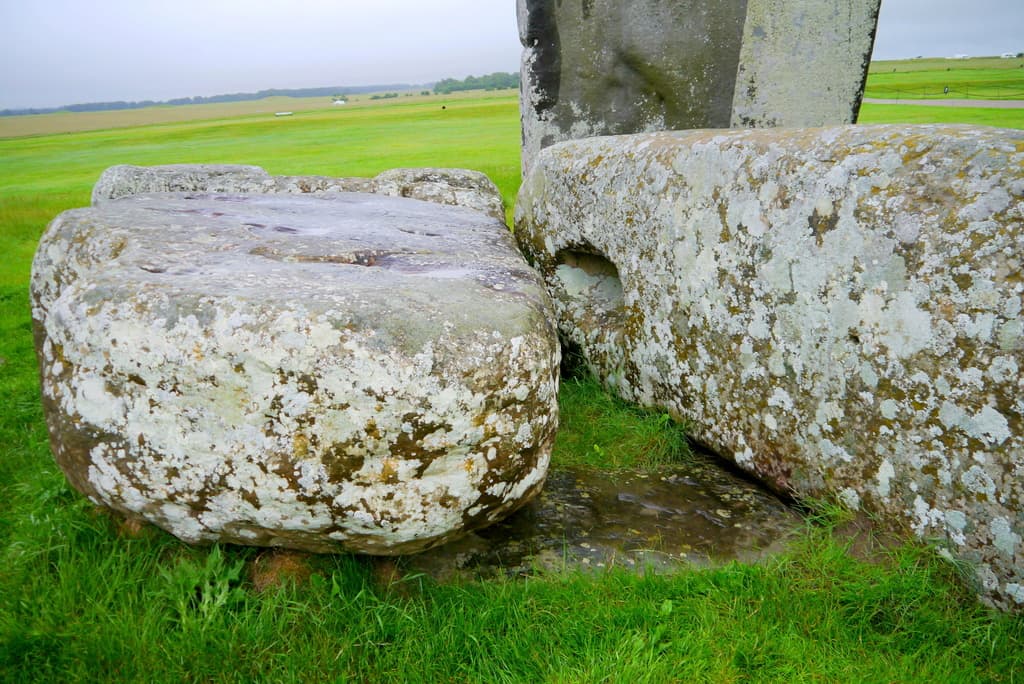The discovery means that the Stonehenge construction was a more advanced project than researchers had suspected. The distance between Stonehenge, located in southwestern England, and the site in Scotland where the altar stone was retrieved is approximately 70 miles.
To determine the stone's origin, previously broken-off pieces of the stone were analyzed and compared with Welsh sandstone, but these did not match. Instead, similar "geological DNA" was found in the sandstone in northeastern Scotland and on the Orkney Islands.
The geological "fingerprint" does not exist in any other deposit throughout the UK, says Nick Pearce, one of the researchers who conducted the study at Aberystwyth University.
Stonehenge began to be built 5,000 years ago, and the work continued for the following 2,000 years. It is unclear when the so-called altar stone, which is largely buried in the ground, was transported there.
This discovery raises two questions: how did they transport the altar stone all the way from northern Scotland – and why?, says Robert Ixer, another of the study's responsible parties.





